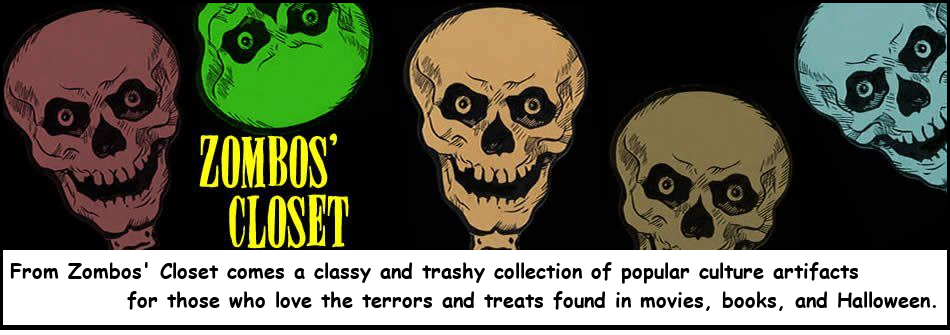Here’s an interesting read for you older comic book geeks (like me) who remember the days of the comics’ code and its impact on both the comic and magazine racks. This article is taken from Inside Comics, issues 3 and 4, 1974. For you newbies, the Comics Code Authority (CCA) was formed in 1954 as a voluntary alternative to government regulation of the content in comics. It followed after a “moral panic” arose over the graphic violence, sexuality, gruesome horrors, and the supposed effect on juvenile delinquency, that comics packed in every issue. Said panic was promoted by one Fredrik Wertham, a psychiatrist, who wrote a book called Seduction of the Innocent. While he came to be reviled by comic book fans, it should be said that he was a progressive shrink who treated poor black patients at his Lafargue Clinic (from Wikipedia), and “his institutional stressor findings were cited when courts overturned multiple segregation statutes, most notably in Brown v. Board of Education.” So he wasn’t all that bad, just misguided about comics.
EC Comics (which is now legendary for the horror titles it put out during the 1950s), and William Gaines, its publisher, took the ire of the senate judiciary subcommittee’s hearing to investigate juvenile delinquency after Wertham provided his light-the-bonfire testimony. As noted on CBLDF.org:
As for Gaines himself, the hearings changed his course forever: Gaines’ deep resentment of Wertham’s assertions and the impact of the Senate hearings colored his attitudes towards publishing. To escape the regulation of the Comics Code (and the dwindling comics sales he saw after the code was enacted), Gaines founded Mad magazine, encouraging cartoonists to lampoon authority. The magazine became a powerful influence on cartoonists and activists in the years to come.
Ironically, while the comics code “tidied-up” comic books, as one newspaper article of the time wrote, it forgot about the magazine rack. Magazines were not covered by the code. The horror, adult themes and images, and, frankly, the more entertaining aspects of storytelling moved over to the larger size format and into titles that included Creepy, Eerie, various Marvel horror and superhero titles, Skywald “horror mood” titles, and, continuing the irony, a reprinting of many of the 1940s and 1950s horror stories that spurred the comics’ code into existence in the first place (albeit in chilling black and white instead of color).
By 2001 Marvel dropped adherence to the comics code as it lost its relevance in the real world that it forced comics to hide from. But even before that, in 1971, Marvel ignored the somewhat confusing comics code rules with issue 96 of The Amazing Spider-Man, which contained a story about drug addiction. For the first time the code’s seal of approval did not appear on that issue. I can’t tell you how thrilling that was for me, and many comics fans of the day, to finally see that. We buzzed about it in the neighborhood for weeks.
Stan Lee made the decision to run with the issue without the code after the Nixon Whitehouse asked Marvel to do an anti-drug story. Lee went to the code people for approval and was turned down. Go to CBR.com for more information.
























